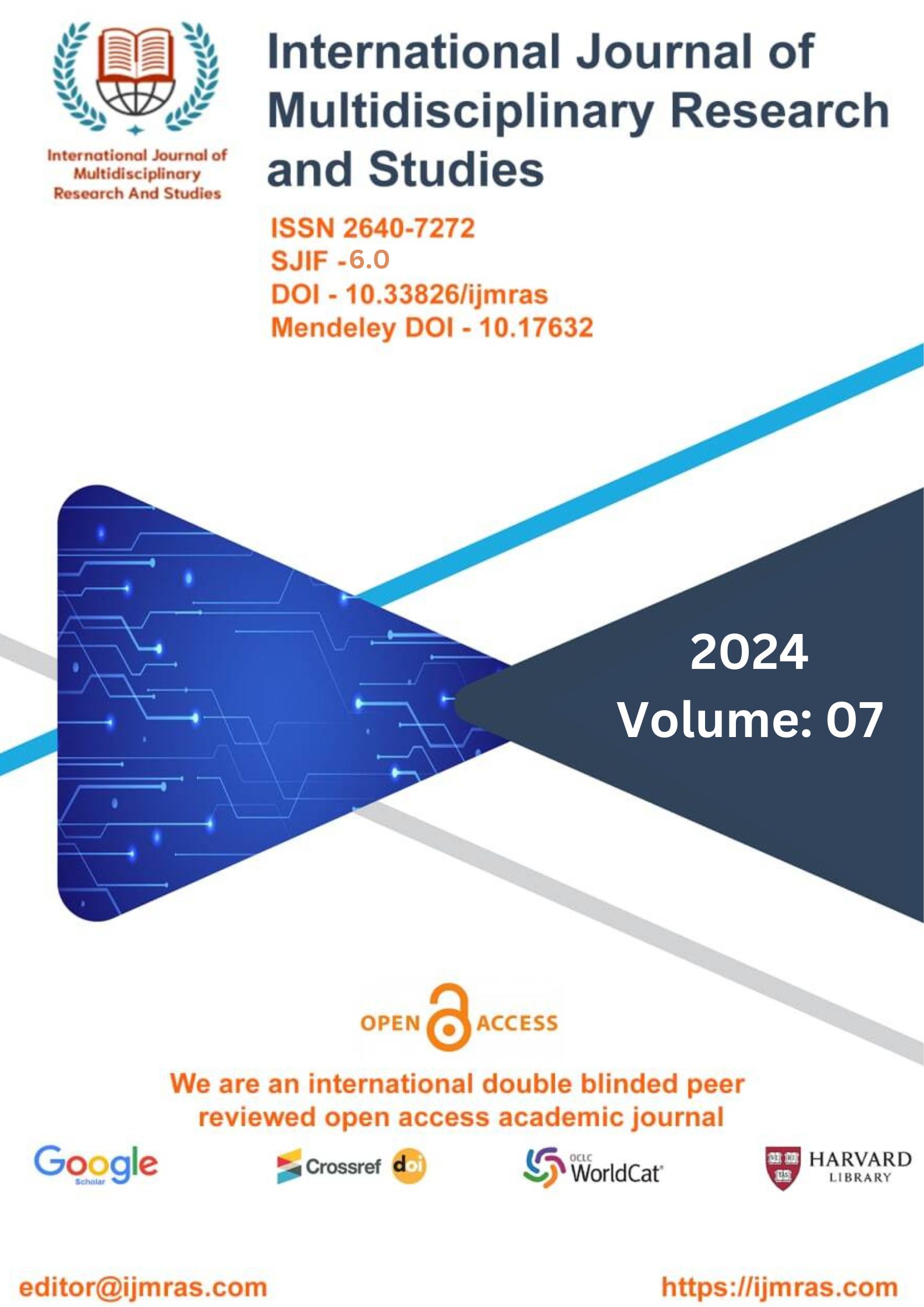Formulation and in vitro evaluation of topical nanosponge-based gel containing cassia alata leaves extract

Abstract
This abstract describes the formulation and in vitro testing of a topical nanosponge-based gel containing Cassia alata leaf extract, which is known for its powerful antibacterial capabilities. Active metabolites such alkaloids, flavonoids, glycosides, steroids, tannins, and phenols were discovered through qualitative phytochemical screening. Quantitative experiments measured total phenolic content (TPC) and total flavonoid content (TFC) using gallic acid and rutin as standards. Nanosponges made of ethyl cellulose and polyvinyl alcohol (PVA) showed promising drug transport properties. Scanning electron microscopy (SEM) validated the nanosponges' porous, spherical form, with an average particle size of 521.2 nm and a consistent zeta potential of 69.7 mV. The produced nanosponge gel had excellent viscosity, pH, and spreadability, which aided in drug release and permeability. Notably, the nanosponge formulation enhanced the Cassia alata extract's antibacterial efficacy against E. coli. The superior performance of the 1 mg/ml nanosponge gel highlights its potential for more effective bacterial infection treatment. The findings indicate that Cassia alata nanosponges may improve medication solubility and bioavailability, making them a good candidate for skin disease treatment, with the added benefits of lower dosage, administration frequency, and side effects.
Keywords
Nanosponge, Cassia alata, Antimicrobial Activity, , In vitro, SEMHow to Cite
References
Joseph, J., & Godfrey, A. B. (1998). Juran’s quality handbook.
ICH Q8 (R2) Guideline for Industry, Pharmaceutical Development, www.fda.gov, 2009, 9.
Charoo, N. A., Shamsher, A. A., Zidan, A. S., & Rahman, Z. (2012). Quality by design approach for formulation development: a case study of dispersible tablets. International journal of pharmaceutics, 423(2), 167-178.
Pandey, P. J. (2019). Multifunctional nanosponges for the treatment of various diseases: A review. Asian J. Pharm. Pharmacol, 5(2), 235-248.
Panda, S., Vijayalakshmi, S. V., Pattnaik, S., & Swain, R. P. (2015). Nanosponges: A novel carrier for targeted drug delivery. Int J PharmTech Res, 8(7), 213-224.
Kapileshwari, G. R., Barve, A. R., Kumar, L., Bhide, P. J., Joshi, M., & Shirodkar, R. K. (2020). Novel drug delivery system of luliconazole-Formulation and characterisation. Journal of Drug Delivery Science and Technology, 55, 101302.
Baidya, B., Gupta, S. K., & Mukherjee, T. (2002). An extraction-based verification methodology for MEMS. Journal of Microelectromechanical Systems, 11(1), 2-11.
Kokate CK, Purohit AP and Gokhale SB. Textbook of Pharmacognosy, Nirali Prakashan. 2000; 1–4.
Tangco J.V.V., Angustia D.A., Jelynne P.T. (2015). Nutrional Analysis, Phytochemical Screening & Total Phenolic Content of Basella albaleaves from Philippines. International Journal of Pharmacognosy & Phytochemical research, Philippines, 7(5);103-10.
Parthasarathy S, Bin Azizi J, Ramanathan S, Ismail S, Sasidharan S, Said MI, et al., (2009) Evaluation of antioxidant and antibacterial activities of aqueous, methanolic and alkaloid extracts from Mitragyna speciosa (Rubiaceae Family) leaves. Molecules 14: 3964-3974.
Iriventi, P., Gupta, N. V., Osmani, R. A. M., & Balamuralidhara, V. (2020). Design & development of nanosponge loaded topical gel of curcumin and caffeine mixture for augmented treatment of psoriasis. DARU Journal of Pharmaceutical Sciences, 28, 489-506.
Penjuri, S. C. B., Ravouru, N., Damineni, S., Bns, S., &Poreddy, S. R. (2016). Formulation and evaluation of lansoprazole loaded Nanosponges. Turk. J. Pharm. Sci, 13(3), 304-310.
Anwer, M. K., Mohammad, M., Ezzeldin, E., Fatima, F., Alalaiwe, A., &Iqbal, M. (2019). Preparation of sustained release apremilast-loaded PLGA nanoparticles: In vitro characterization and in vivo pharmacokinetic study in rats. International journal of nanomedicine, 14, 1587.
Silpa, G. S., Mathan, S., &Dharan, S. S. (2021). Formulation and Evaluation of Nanosponges Loaded Hydrogel Using Different Polymers Containing Selected Antifungal Drug. Journal of Pharmaceutical Sciences and Research, 13(2), 101-111.
Manandhar, S., Luitel, S., & Dahal, R. K. (2019). In vitro antimicrobial activity of some medicinal plants against human pathogenic bacteria. Journal of tropical medicine, 2019.
Sharma, D., Maheshwari, D., Philip, G., Rana, R., Bhatia, S., Singh, M., & Dang, S. (2014). Formulation and optimization of polymeric nanoparticles for intranasal delivery of lorazepam using Box-Behnken design: in vitro and in vivo evaluation. BioMed research international, 2014.
Singh, N., Tailang, M., & Mehta, S. C. (2016). A review on herbal plants as immunomodulators. International Journal of Pharmaceutical Sciences and Research, 7(9), 3602.
License
Copyright (c) 2024 MANEESH SHAKYA, NEERAJ PATIDAR, UMESH KUMAR JAIN

This work is licensed under a Creative Commons Attribution 4.0 International License.
Individual articles are published Open Access under the Creative Commons Licence: CC-BY 4.0.



